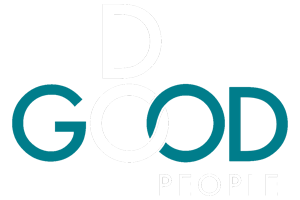Circularity is currently understood as an approach to industrial production and consumption, rather than a theoretical roadmap that pursues technical as well as ontological concerns regarding the ethical value that underlies the complex social, economic and environmental realities of today.
As a result, there are many definitions and interpretations of what circularity and the circular economy model entails. This is perhaps the source of many problems in regards to the adoption of initiatives or regulations for inciting a new economic model, as the term means different things for many different people.
Nonetheless, most definitions center around one common concept, the idea that we should decouple natural resource extraction and use from economic output in order to achieve resource efficiency as a primary result.
This idea has become somewhat of an umbrella term that, although inspires plenty of enthusiasm for an achievable and improved way of doing things, it has also brought light to many of the unresolved issues of its definition when put into practice by companies and civil organizations alike.
The barriers that prevent a successful circularity model
As appealing as the general notion of a circular economy model is, the lack of a consensus and a more integrated approach of the latter makes it difficult to understand what it is really about, therefore creating barriers in the attempt to implement circularity practices.
We have identified four main issues organizations face in the path towards circularity:
- A shallow understanding: The lack of insight into every aspect that the circular economy model really encompasses makes it difficult to pursue evolutionary change in circularity practices. It prevents companies and organizations from adopting new business and sustainability strategies as there is no clear understanding of the risks and opportunities that this might bring into the equation. Consequently, small actions can be taken, but a more ‘disruptive’ model is still out of the question for many.
- Responsibility: A common concern and barrier in the adoption of sustainability practices, including circularity, is identifying where to put the weight of responsibility inside an organization. A circular economy approach to business practices is too complex to handle for one department -typically a sustainability department-, as it is fundamental that it gets integrated into the entire organization, as well as building a subsequent management strategy. And so in addition to the question of where to put the responsibility, one must also consider how to manage the commitment to sustainability.
- Structural changes: Related to the responsibility concerns and the idea of a crosswise sustainability strategy, a shift towards circularity involves far-reaching changes to the organization as a whole, including the business model, technical aspects or the relationship with relevant stakeholders like consumers, suppliers, investors and employees. Structural changes take time and investment, but in an economic system where rapid return and cost-saving is an imperative for making business decisions, considering long-term changes creates an uncertainty few are willing to explore, less so in a voluntary manner. This apprehension increases without a clear understanding of circularity.
- Integration: The integration of sustainability concerns in business development is a key component of the transition towards circularity. There are two main traits to a successful integration that stand out, the first being the way people in the organization look upon sustainability/circularity. As mentioned earlier, the implementation of a circular economy model is a rather disruptive process for an organization, and so collaboration from many different actors is essential. The second trait is that of exploration; the lack of knowledge should work as an incentive for adopting explorative ways of working and developing business practices, but today’s linear economy leaves little room for many companies to jump into experiments solely for learning purposes, especially when in doubt of potential risks and benefits.
A shift of perspective
We have for many years now seen sustainability practices being adopted by many. Through voluntary or regulatory incentives, the world slowly begins to understand that the wellbeing of the environment is in fact a winning bet for businesses and people in the long run.
However, there are also many very complex challenges that still need to be addressed and which will eventually require disruptive changes and radical innovation of the way we do business. In this regard, the transition towards circularity or a circular economy model relies primarily on our ability to manage disruptiveness and radical alterations.
One of the first steps, however, is engaging people into the ongoing learning process about circularity and sustainability. It is in this context that the barriers explored above can be addressed: a better and far-reaching understanding of circularity, a fair distribution of responsibility, building up a more sustainable structure from the bottom up and gradually integrating everyone into sustainable business development.
Engaging through transparency
In DoGood we believe that the only way to successfully work towards a common cause like sustainability in the corporate world is by making every stakeholder part of the change in a manner that is as fulfilling as it is efficient. That is why we prioritize transparency and measurable information that brings light to the scope of the sustainability performance of an organization.
It is essential to our work to promote good corporate governance, meaning that the processes of disclosure and transparency are followed so as to provide regulators and shareholders as well as the general public with precise and accurate information about the financial, operational and other aspects of the company.
We have developed a corporate government tool that helps establish ESG impact quotas for employees in regards to the sustainability strategy of the company. Through our SaaS technology we are able to activate and track employees’ impact, creating engagement that translates into improved ESG metrics, reputational value and an overall positive impact for the environment and society.
If you want to know more about how we work to create a positive social and environmental impact, click here.







